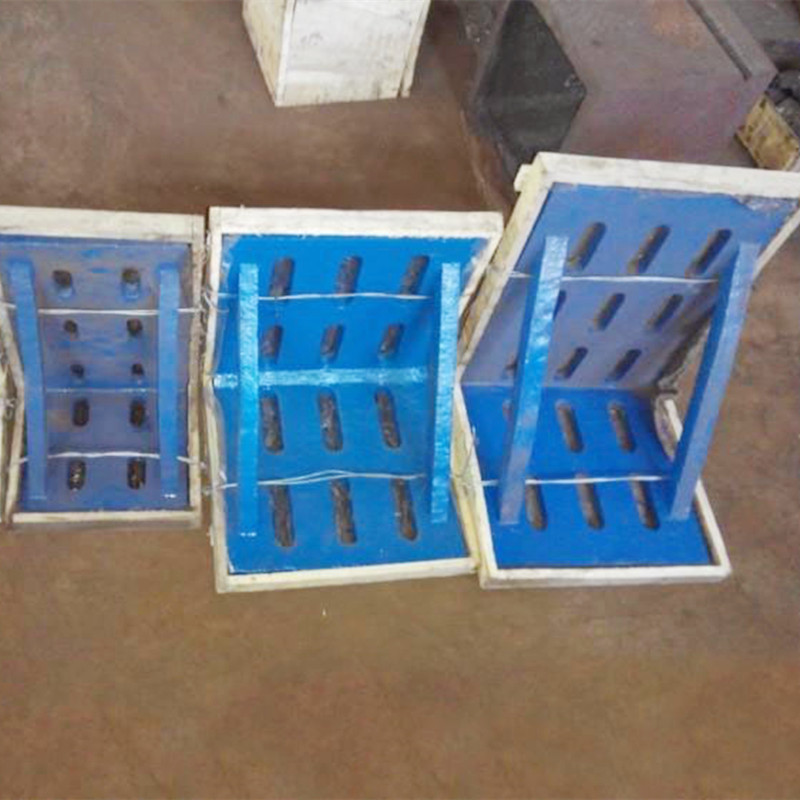wrz . 22, 2024 10:37 Back to list
butterfly check valve
Understanding the Butterfly Check Valve
The butterfly check valve is a crucial component in various fluid control systems, known for its simplicity and efficient design. As an essential part of many industrial applications, this type of valve helps manage the flow of liquids and gases, ensuring that systems operate smoothly and safely.
A butterfly check valve is primarily designed to prevent backflow in piping systems. It consists of a circular disc (the butterfly) that is mounted on a rotating shaft within a pipe. When the fluid flows in the desired direction, the disc opens, allowing the flow to pass through. However, if there is a reverse flow, the disc closes due to the force of gravity or the back pressure from the fluid, effectively sealing off the pipeline and preventing backflow. This mechanism is particularly beneficial in maintaining system integrity and protecting pumps and other equipment from potential damage.
One of the key advantages of butterfly check valves is their compact design. Unlike traditional swing check valves, which require more space for the disc to swing open and closed, butterfly check valves can be installed in tight spaces. Their lightweight construction also makes them easier to handle and install, reducing labor costs and installation time.
butterfly check valve

The materials used in butterfly check valves can vary, making them suitable for a wide range of applications. Common materials include stainless steel, brass, and various types of plastics, which provide resistance to corrosion, chemical damage, and wear. This versatility allows them to be used in industries such as water treatment, chemical processing, HVAC systems, and even food and beverage production.
Moreover, butterfly check valves are known for their low-pressure drop characteristics. The streamlined flow path design minimizes turbulence and resistance, which means that less energy is required to maintain the desired flow rates. This feature is particularly advantageous in energy-efficient applications where reducing operational costs is a priority.
However, like any mechanical device, butterfly check valves do have their limitations. They are generally not suitable for certain high-viscosity fluids or especially turbulent flow conditions where significant pressure fluctuations occur. Additionally, regular maintenance is essential to ensure their proper functioning, as debris can accumulate, leading to valve malfunction.
In conclusion, butterfly check valves are an essential component in many fluid control systems due to their efficient design and reliable performance. Their ability to prevent backflow, coupled with a compact and lightweight structure, makes them ideal for various industrial applications. Understanding their functionality and appropriate usage can lead to increased system efficiency and longevity, ultimately contributing to smoother operations and reduced maintenance costs. Whether in a large-scale industrial setting or a smaller application, the butterfly check valve proves to be a vital choice for effective fluid management.
-
Precision Manufacturing with Advanced Spline Gauge DesignNewsJul.31,2025
-
Industrial-Grade Calibrated Pin Gauges for Exact MeasurementsNewsJul.31,2025
-
Industrial Filtration Systems Depend on Quality Filter DN50 SolutionsNewsJul.31,2025
-
High-Performance Gate Valve WholesaleNewsJul.31,2025
-
Granite Surface Plate The Ultimate Solution for Precision MeasurementNewsJul.31,2025
-
Granite Industrial Tools The Ultimate Guide for Bulk BuyersNewsJul.31,2025
Related PRODUCTS









